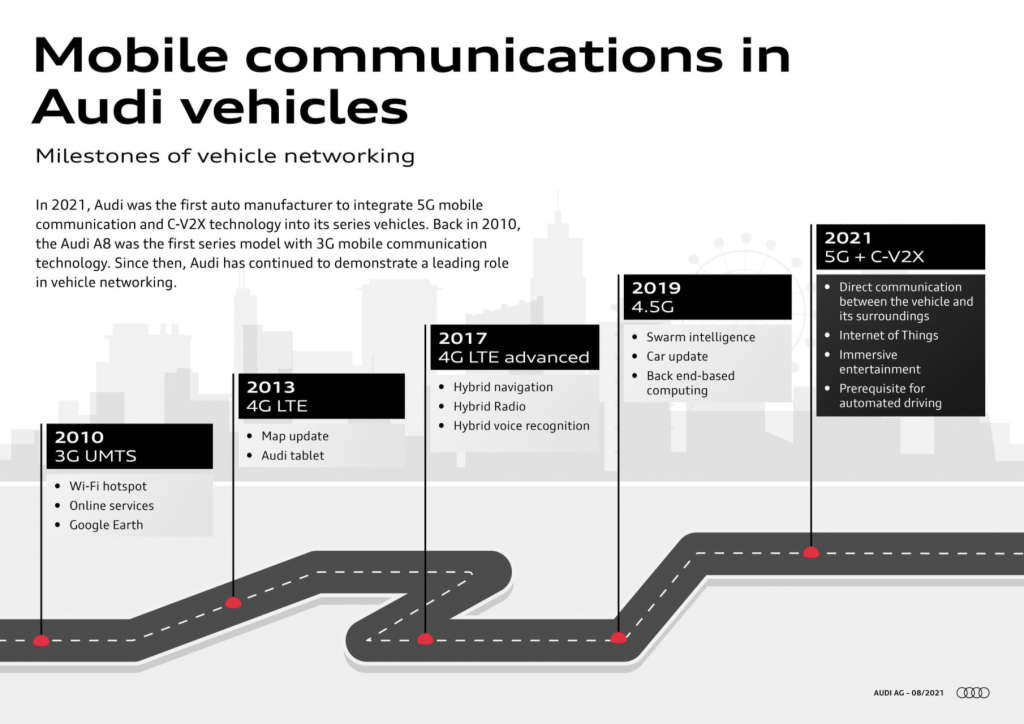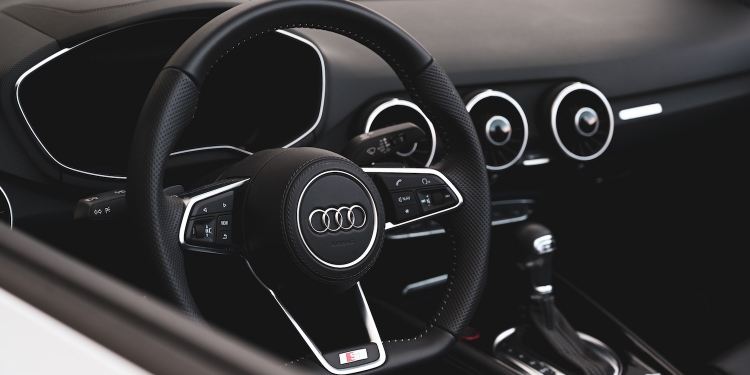Although the 5G rollout is still ongoing, automakers are now announcing their plans to implement 5G connectivity into their future models. Most recently, Audi has teamed up with Verizon to bring 5G to its lineup by 2024.
This isn’t the first 5G deal between an automaker and a service provider. Last year, General Motors and AT&T teamed up to bring 5G to Chevrolet, Buick, Cadillac, and GMC cars by 2024. A few months ago, Malaysia got its own 5G automaker deal with Proton and Maxis, but it uses 5G on the manufacturing side instead of in the vehicles themselves.
How would Audi use 5G for their vehicles?

One of the biggest questions I had concerning these deals was “What would the 5G be used for?”. Audi and Verizon stated that 5G would improve software performance, navigation, and media streaming speeds. It also enables new features like “augmented mobile services, new driver-assistance features, and connectivity-enabled innovations for the automated future of driving”.
Apart from getting a faster connection, 5G would enable your vehicle to communicate with everything, aptly named “vehicle-to-everything”, or V2X for short. V2X includes vehicle-to-vehicle (V2V), vehicle-to-infrastructure (V2I), and vehicle-to-pedestrian (V2P).
V2X technology would ultimately be used to make driving safer and more efficient. Throughout 2021, Audi has been researching V2X technologies with the goal of letting vehicles communicate with the traffic system. They also explicitly said that this V2I technology will eventually be used to upsell customers by offering subscription packages for the features.
Other than traffic light information, 5G vehicles could also get local hazard information and broken down vehicle warnings, which would increase road safety and decrease your time spent in traffic.
5G’s low-latency connection could also be used for remote driving, like Sony’s VISION-S, or even for autonomous driving like the 5G-connected Proton Exora, which is something Audi has planned for the future.
[ SOURCE, IMAGE SOURCE ]








